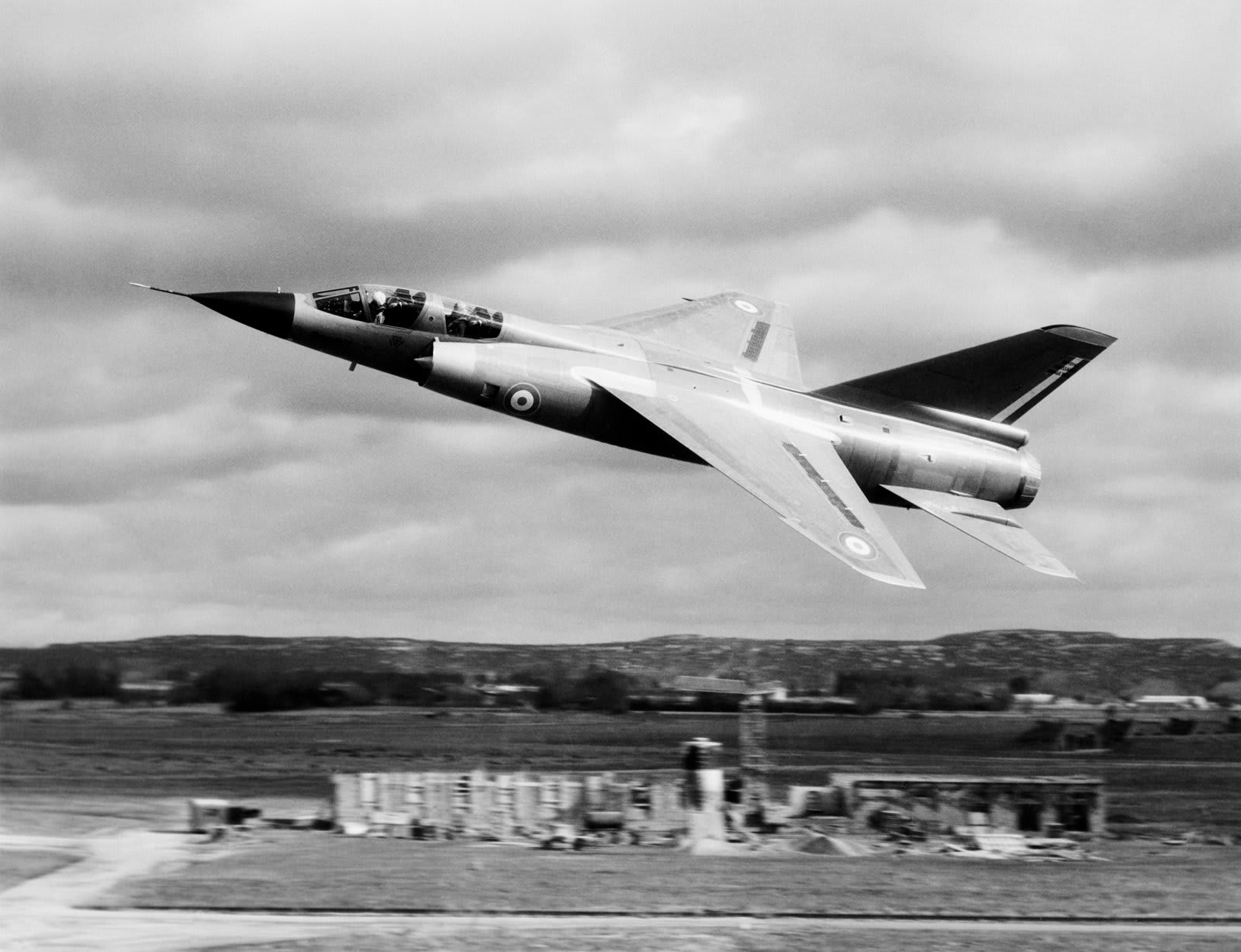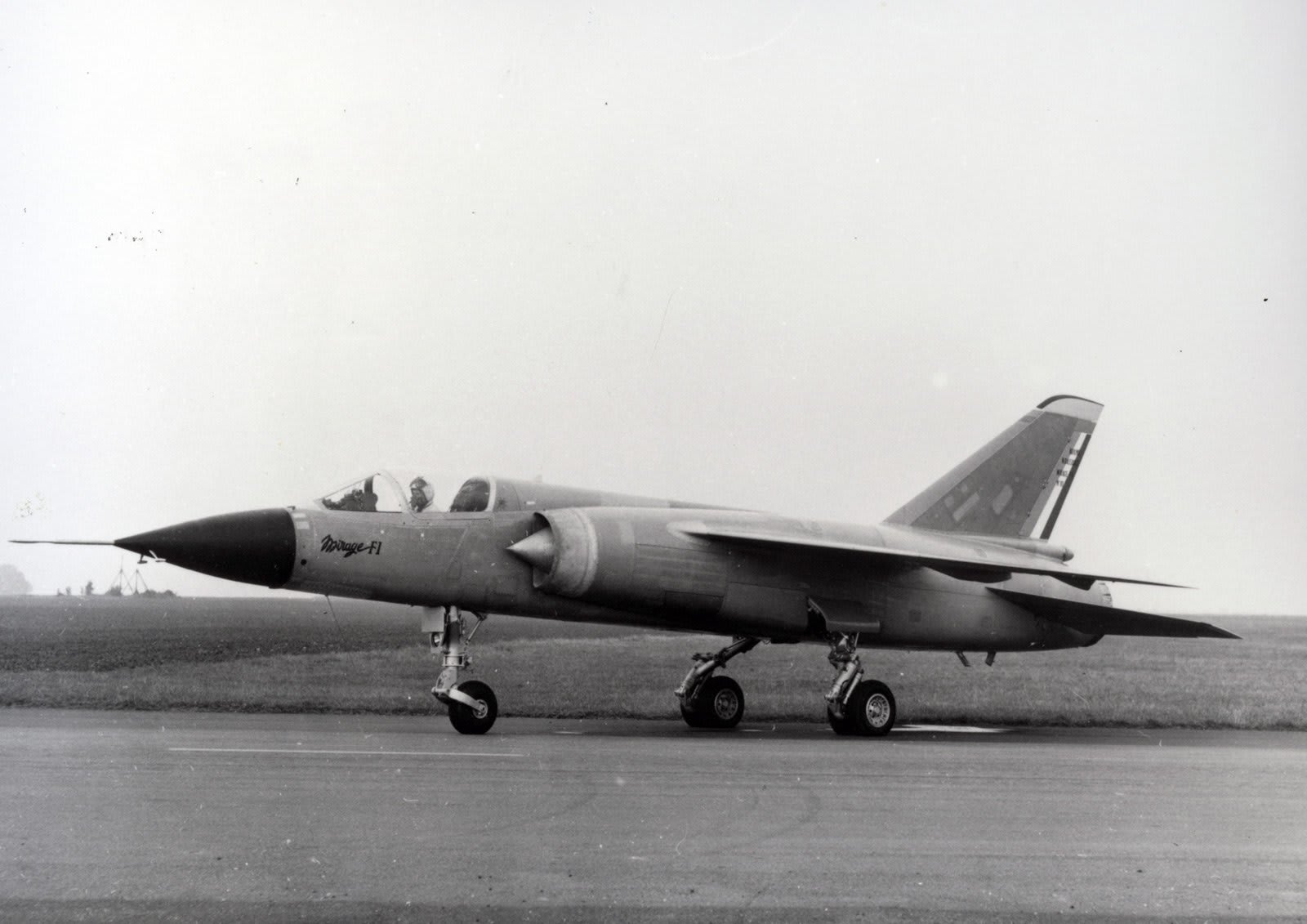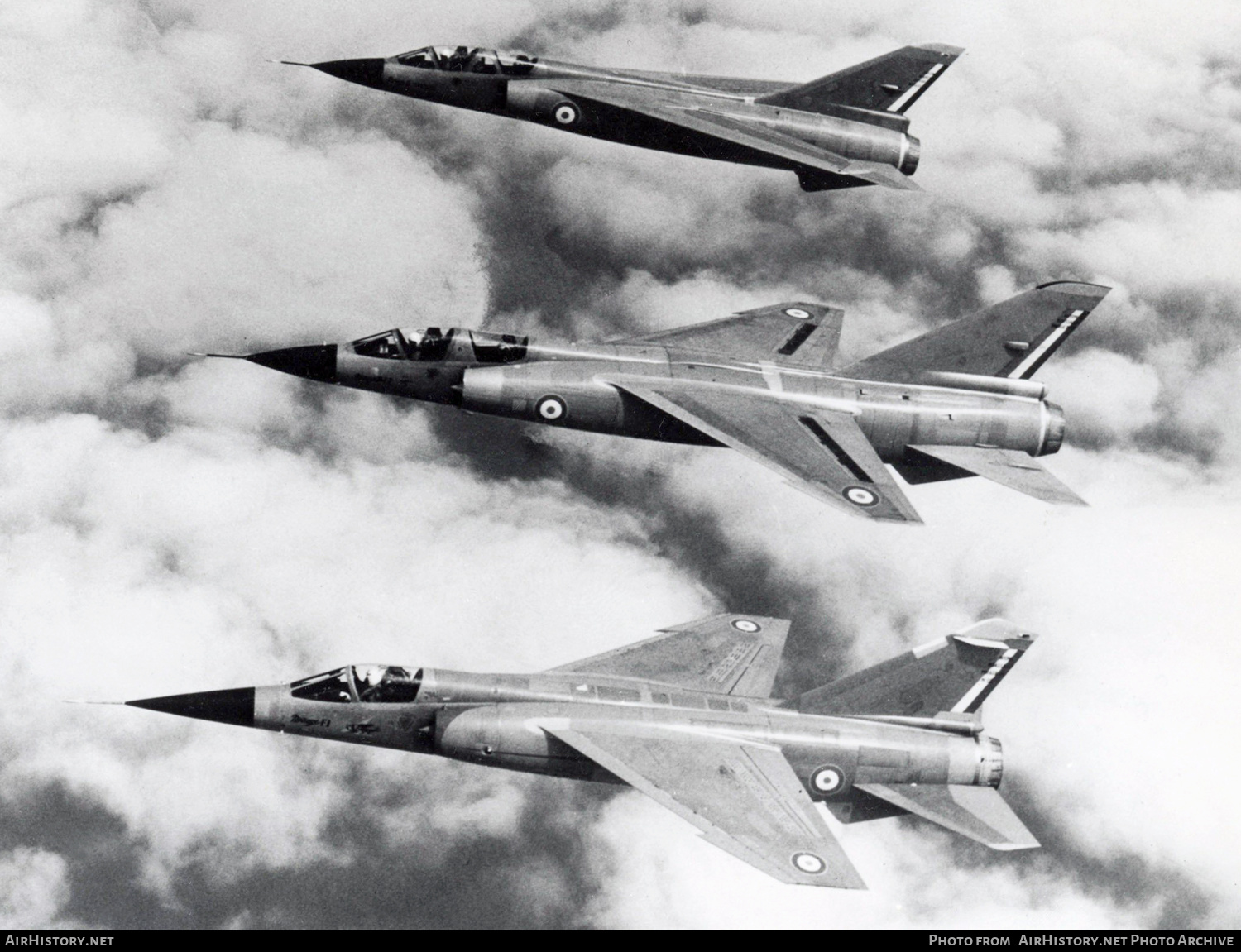Well, I try to answer (sorry in advance for my bad English) with a mixture of the book on the Mirage F1 and the article by Alexis Rocher in the May 2021 Fana.
I hope you don't have too much of a headache at the end of reading this very, very complicated story...
At the beginning of the 1960s, the French Air Force wants a new aircraft to succeed the Mirage III and is looking for a long-range attack aircraft, with limited takeoff and landing distances. To obtain better range, a turbofan engine is preferred (the choice will be the PW JTF 10 and its developments).
Mirage IIIT2 timeline:
-On July 30, 1962, the first project is the engine testbed
Mirage IIIT2 (the engine testbed Mirage IIIT was foreseen for TF104 and 106, the engine testbed IIIT2 is foreseen for the TF306): two types of studies are carried out: delta wing only or delta wing with horizontal stabilizers in back. Because of limited takeoff and landing distances, delta wing with horizontal stabilizers in back will be chosen. (The Mirage IIIT2 project is definitively canceled on November 4, 1964).
Mirage IIIF timeline:
-A version of the Mirage IIIT2 project is then considered: the
Mirage IIIF project (16.09.63, SNECMA TF 106 engine), no longer with a delta wing (with horizontal stabilizers in back), but with a swept (in French: en
Flèche) wing (with horizontal stabilizers in back).
-On October 1963, one of the first studies of the Mirage IIIF appeared, notably with a small air intake at the root of the fin and a quasi-delta wing.
This drawing, called Le Mirage III F2 01 above the drawing and
Mirage IIIF below the drawing...,
in Le Mirage F1 book, page 22, corresponds to the one IIIF from November 1963 that you presented to us in your post above.
-When the IIIF project evolves, the air intake at the root of the fin disappears.
-There are too a
Mirage IIIF' project (with longer wingspan, wings with some features of those of the F-8 Crusader, and more forward air intakes) and a
Mirage IIIF" project (a little shorter than the IIIF').
-Around January 1964, a design of the IIIF shows the return of the small air intake at the roots of the fin and the wing of the plane ressembles that of the flying future Mirage F2.
-On January 16 1964, order for the building of a Mirage IIIF.
Mirage IIIF2 / F2 timeline: (IIIF2 and F2 designate the same aircraft, the F2 designation becoming the most common over time)
-
With a TF 306 engine, the IIIF project becomes the IIIF2 project (24.04.1964 for Le Mirage F1 book, 20.07.64 for Le Fana article). it is foreseen to initially receive a YTF30-P1 engine and, later, the TF306. It is it that will evolve into the flying Mirage IIIF2/F2 01 (main flight 12.06.1966).
-On February 10, 1965, two new testbed (engine, navigation and weapon system for the VTOL Mirage IIIV) prototypes of the Mirage IIIF2 are launched by the French armed forces minister:
IIIF2 02 and IIIF2 03 (the first prototype, the future flying IIIF2/F2, remains as the
01).
It's a design of this IIIF2 02 that is shown with leading-edge root extensions on the drawing in the book Le Mirage F1 page 23.
-On May 17, 1965 : French-British agreement on the future SEPECAT Jaguar and the future failed AFVG. We know that the Mirage IIIF2/F2
01 is under construction.
-From january 1964 to June 1967, there is a Mirage
IIIF2J/F2J version considered for Israel:
Panther / Asmodée project. At first (apparently before September 1965 according to the article of Le Fana) with a different airframe (too expensive), then (apparently from September 1965, according to the article of Le Fana) with a simplified F2 airframe. According to the book Le Mirage F1, the choice of a simplified F2 airframe comes from Dassault, according to Le Fana article this choice come from the Israeli side...
-Article Fana : On September 20, 1965, the two Mirage F
2 (the Mirage F1 book says that the name was already F
3...) 02 and 03 prototypes, and an aircraft cell for static tests, are confirmed. But the contract is temporarily limited to one prototype (IIIF2 02) and the aircraft cell for static tests. According to Le Mirage F1 book, the Mirage IIIF2 02 prototype is foreseen in case of failure of the AFVG program. According to Le Fana article this order is only in the hope of an order from Israel.
After that,
three options ( called either F2 or F3...) are in competition :
1/
17.04m lang, 36 m² wing area,
10.50 m wingspan
2/15.70m lang, 30 m² wing area
3/15.40m lang, 27 m² wing area
I think that the Mirage F2 n°2 from November 1965 (17.8 m lang, 10.5m wingspan) that you show us in your post above is one of the design from this time, but that was ultimately not chosen to represent the option 1.
-In January 1966, the Mirage IIIF2/F2
01 is transported to Melun Villaroche airport.
-January 20, 1966: Financial study on an order for 50 F2s with three prototypes 02 (aerodynamic tests), 03 (navigation and weapons system) and 04 (missiles and nuclear weapons).
A little after, there is a study on 50-60 aircrafts and 4 prototypes. At this stage, the
option 2 (15,7 m lang, 30 m²) is chosen.
Mirage F3 timeline:
-On March 7, 1966, France wants to leave NATO's integrated command.
For the French Armée de l'air, the interception becomes the first mission. Its choice is evolving toward the
option 3 (15.4 m lang, 27 m²), that is chosen. But, unlike the previous aircrafts, the new aircaft will be a
one-seater and it
is definitively called F3. A two-seater simplier version of this F3 is considered too.
-In June 1966, Dassault makes a proposal for 150 F3 with TF 306E engine.
-On August 29, 1966: the order for the second prototype of the Mirage F2 (IIIF2 02) is replaced by that of two F3 (0
2 and 0
3 [why ? The IIIF2/F2 01 is considéred as 0
1? ]) prototypes and an aicraft cell for static test are ordered. As said by
@H_K, 66 single seaters + 34 two seaters were planned, for a total of 100Mirage F3s.
There is a drawing of the two-seater version of the Mirage F3 in the book Le Mirage F1, page36.
-On September 27, 1966: additions are made: 7 prototypes (0
2 to 0
8 [Which seems to confirm that IIIF2/F2 01 is considered as 0
1]) are foreseen. 100 to 150 production aircrafts (more or less the 7 prototypes ?) are foreseen.
The drawing of the Mirage F3 that you show us in your post above is from this time (9.04 m wingspan, as foreseen in September 1966),
-On June 12, 1966: main flight of the Mirage IIIF2/F2
01.
-On March 31, 1967, manufacturing of the Mirage F3 0
2 (confirmation that the 0
1 is the flying F2) is stopped (too expensive).
The photo that you show us in your post above is the layout model of the Mirage F3 (not a F3 prototype or the static test cell)
.
-On April 20, 1967: study and building of the two F3 prototypes (02 and 03) and the aircraft cell for static test are terminated.
-On November 23, 1967, the F3 program is definitively cancelled (the cheaper Mirage F1 wins).



